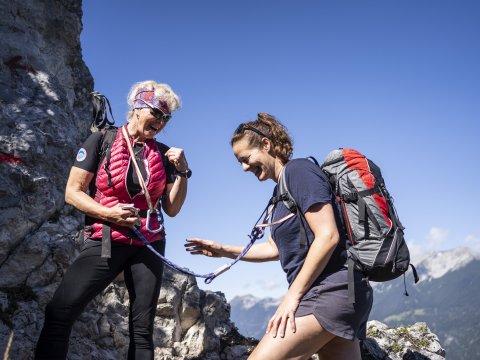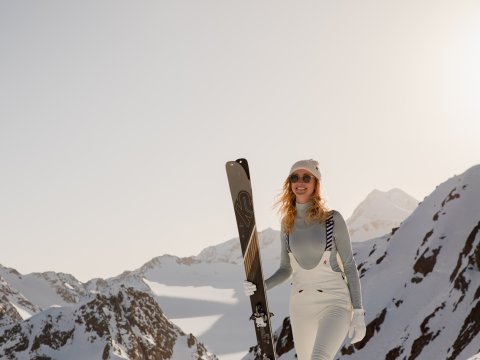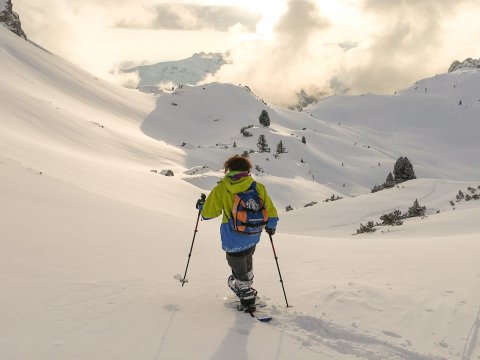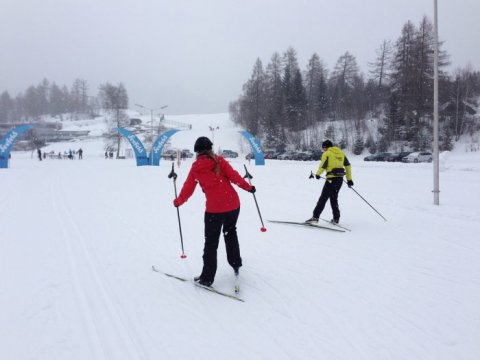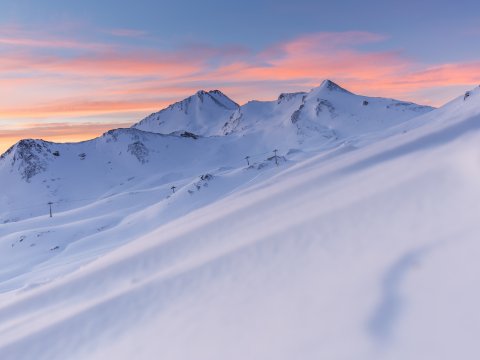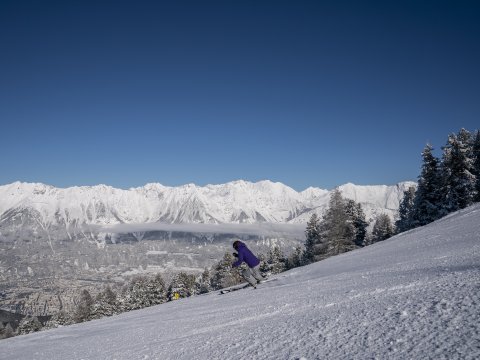Flying High

Text: Daniel Feichtner, Picture: Johannes Mair / Alpsolut
The three-week Vuelta a España, the third most important race in the cycling world, has just come to an end. Riders from the UCI WorldTeam LottoNL-Jumbo were also at the start. The professional athletes prepared for the race in Tirolean Kühtai, at 2,020 metres above sea level. Sport.Tirol visited the WorldTeam during altitude training.
Kühtai is normally pretty quiet in summer. Most hotels don’t even open and almost all the lifts are closed. During the warm months, the mountains around the village belong mostly to the day visitors who come for hiking - and the cows that graze on the summer meadows. However, there is a bit more going on this summer. The Kühtaier Alm Hotel has opened its doors outside the winter season again this year - albeit not for regular guests. Dutch LottoNL-Jumbo cycling team moved in from July to early August. The athletes are here to take advantage of Austria’s highest ski resort’s special ambience for training - and they are not the only ones.

Altitude training
The altitude, topography and convenient accessibility make Tirol the ideal training destination for Dutch team, Lotto NL-Jumbo.
Gap in the market
"We have been opening in summer for professional athletes for four years now," says Harald Föger, Managing Director of Kühtaier Alm. “Only very few locations can offer training opportunities and accommodation at 2,020 metres above sea level. And word gets around." The Dutch are not the first to discover Kühtai. German athletes and several football teams have already found their way to the Kühtaier Alm in recent years. High-altitude training can in fact benefit athletes from a whole host of sporting disciplines, and there are several good reasons for the Dutch team to set up camp here in Tirol.



Top performance
“The primary aspect of altitude training for us, is that it boosts the performance levels of our athletes,” says Grischa Niermann, who is on site as LottoNL-Jumbo trainer. To facilitate this, athletes ideally have to be at least 2,000 meters above sea level - not only for training, but also during recovery periods. As air pressure is lower at this altitude, the body absorbs less oxygen per breath. It tries to compensate for this by forming more red blood cells that bind oxygen and transport it to the muscles and organs.
The organism increases "traffic volume" in its bloodstream to a certain extent, in order to guarantee sufficient supply. When an athlete returns to lower climes, the body is supplied with more oxygen, thanks to the increased supply of red blood cells, resulting in improved muscle performance. On average, an athlete reaches his/her performance peak around ten days after altitude training - however, each body reacts a little differently. In any case, the positive effects remain for a certain period, before ebbing away again.

Correct dosage
In order to make best use of this window of improved performance, the cyclists try to schedule their stay in Kühtai as fortuitously as possible. "We are currently training predominantly for the Vuelta a España and Tour of Poland," explains Niermann. "Especially in July and during the Tour de France, there are no other big races. We use this opportunity to enable almost the whole team to benefit from altitude training.” This means that almost all JumboNL-Lotto athletes - apart from those competing in the Tour - spend time in Tirol. 14 team members stay together with six aides for the full three weeks, while others arrive and depart at different times.
Caution must be exercised when training at altitude, however, as the additional physical strain may cause the athletes to “over-train”. For this reason, a coach always accompanies the athletes to ensure they do not train to the limit. Instead, they are given time to acclimatise. This is followed by long, gentle sessions and only towards the end of the training period are the athletes pushed to their physical limits, albeit with intervals. “You could train harder down in the valley for the same time period,” says Niermann. “But the effects of altitude more than compensate for that.”
The right training
At the same time, geography is extremely important for the Dutch team. During each day of training, the athletes ride around 3,000 metres uphill - a task for which they would have to repeat a huge number of rides in their home country, says Niermann: “We simply don’t have a 20 kilometre long route of continuous uphill gradient - and many races are decided on these sections. So that has to be prepared for - as well as the descents.” The riders often reach 100 kilometres per hour and more on the downhill sections. It is therefore important to gain experience on mountainous routes, especially for races such as the Tour de France or Vuelta a España. The cyclists use this opportunity to their best advantage and cover an average of 700 to 800 kilometres per week in Kühtai.
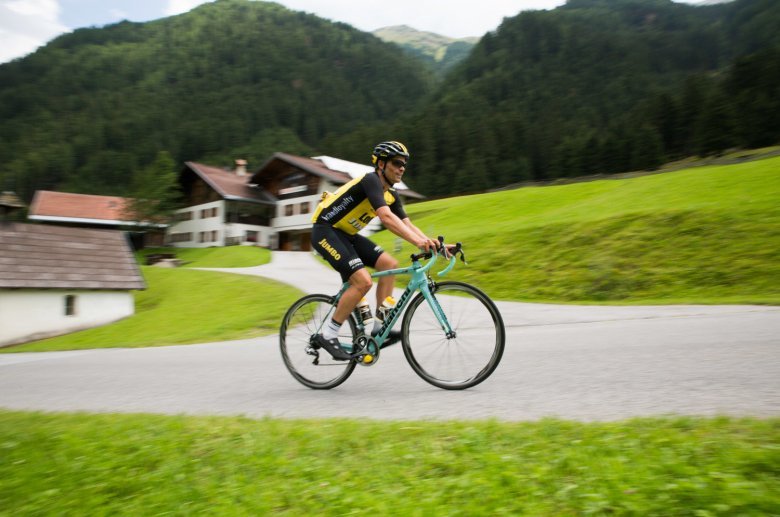
Best times
The effectiveness of altitude training can only be ascertained at a later date. It is difficult to measure the precise effects it has on the body. However, that is not absolutely necessary, because the athletes’ performances speak for themselves after training at altitude, explains Koen Bouwman. The 23-year-old has been a member of the LottoNL-Jumbo stable since last year. The three weeks he spent in Kühtai are his second in altitude training. "I’ve also been to Mount Teide in Tenerife," he says. “That was for three weeks too. And the times I delivered after that were extremely good."
Just the beginning
In contrast to Mount Teide, which has been a popular destination for top international athletes from a wide spectrum of sporting disciplines for many years, Kühtai is still considered an insider’s tip. Although the volcano on the Spanish island is and will remain one of the few destinations where winter training is possible, the Tirolean village has some rather special advantages to offer in summer. “Here, we have the opportunity to do a few other things apart from training,” says Bouwman. "On Tenerife there was just our hotel - and nothing else within a radius of 25 kilometres, while there is a little more to get up to here. We can either rent some e-bikes on recovery days, or visit the donkeys grazing on the field near our hotel after training.” This also helps to stay mentally focused and makes training more enjoyable. "After three weeks at Teide, you have had enough and look forward to coming home. Here, I wouldn’t mind staying on for a few more days.”
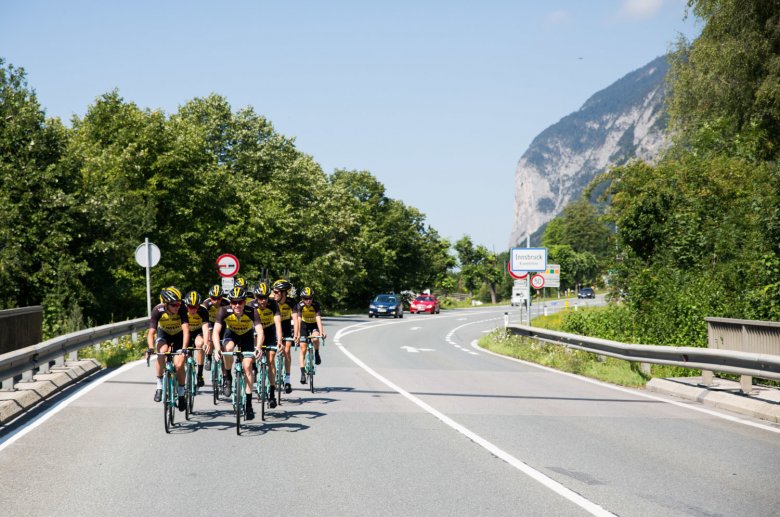
Packing the miles in
During their stay in Tirol, Lotto NL-Jumbo riders covered distances of 600 to 700 kilometres per week and 3,000 metres in elevation difference per training day.
Convenient accessibility
What’s more, Kuhtai’s location is significantly more attractive than that of the Atlantic island. The whole entourage, including athletes with team truck, bikes and their entire equipment can travel via the motorway. An international airport, Innsbruck, is also within easy reach - as well as expert medical care, should it be necessary. “Tirol has excellent travel connections, especially for us from the Netherlands,” says Niermann. “This saves not only time and hassle, but costs too.”
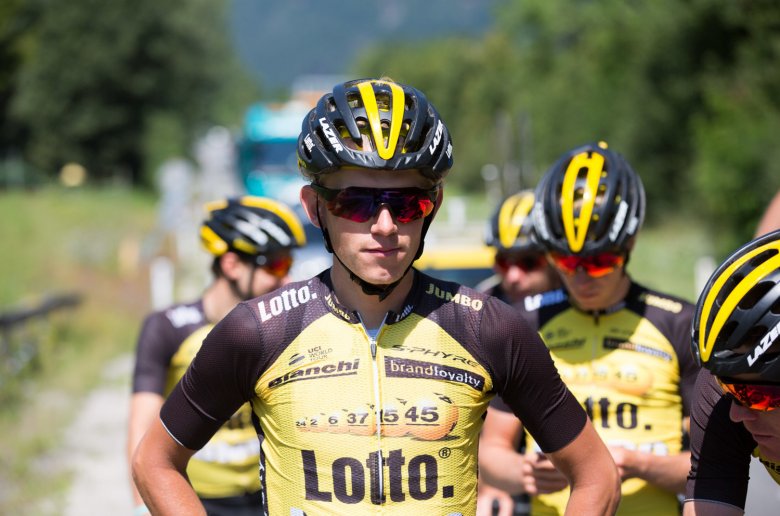
Just the beginning
Many factors have to be right to achieve a top position in one of the big continentals - altitude training is just one. However, it is clearly obvious that both LottoNL-Jumbo riders and Kuhtai benefit from this mutual arrangement. This niche market of altitude training is definitely a great opportunity for the Tirolean region - not least in view of the UCI Road World Championships, which Innsbruck is hosting in 2018. "We have the best conditions here in the Kühtai," of that, Harald Föger is convinced. "And I'm sure that more athletes from all over the world will become aware of this and take advantage of all that we offer in future."











